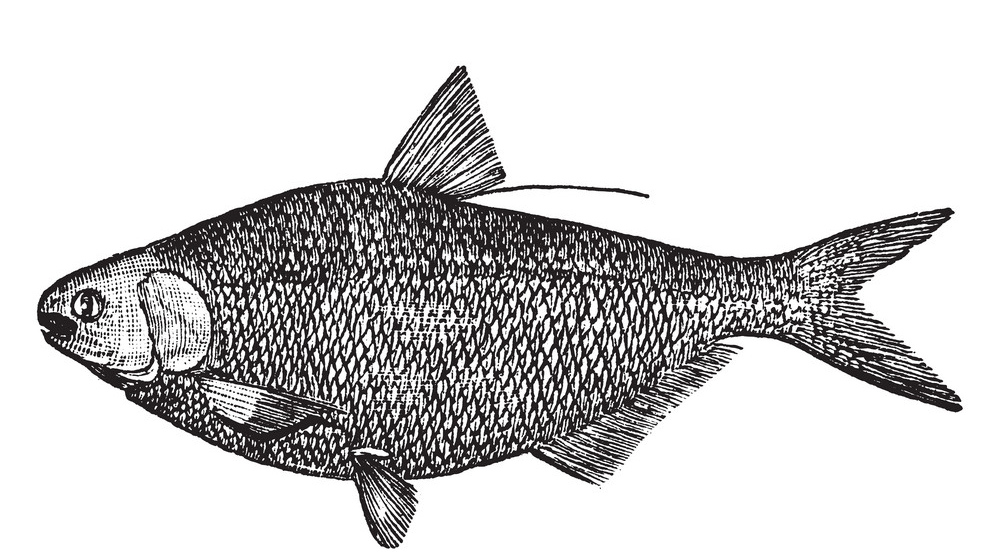Habitat, biology, and fisheries
Inhabits mainly freshwaters, found in large rivers, reservoirs, lakes, swamps, temporary floodwater pools, and estuaries; larger fishes tolerating salinities up to 41.3‰. In brackish water populations, young remain in fresh water until reaching about 70 mm total length. Herbivorous, filter-feeding on microscopic plants (at least in fresh water); food is strained by the numerous fine gill rakers, then presumably transferred in a mucus stream in the pharyngeal pouches, concentrated in some way, then everted as abolus into the pharynx. Spawns in fresh water from mid-March to August in ponds, lakes, and large rivers, usually near surface depths (0.3 to 1.6 m) but sometimes as deep as 15 m;daylight spawning typical, but nighttime spawning observed in Alabama; eggs adhesive and demersal; experience heavy post-spawning mortality. Fecundity 22,400 to 543,900 ova. Prone to large-scale, unexpected die-offs in late summer. Separate statistics not reported for this species. Frequently caught in brackish bays, estuaries, and rivers, mainly with seines. Valued as a forage for various game fishes, not esteemed as food, but sometimes used as fertilizer and harvested for its oil, utilized as a supplementary food for pigs or cattle.
|
